Anopoli, officially Ανώπολις, is a village and seat of a community in the Municipality of Hersonissos, within the Heraklion regional unit of Crete. Formerly part of the Pediada Province, it lies a short distance from the sea in the northeastern part of the regional unit, 17 kilometers east of Heraklion city. This seemingly tranquil village holds within its landscape and its people the echoes of centuries of Cretan history, marked by both peaceful coexistence and turbulent struggle.
Early Inhabitants and Ancient Echoes
While definitive archaeological evidence within Anopoli itself remains limited, the surrounding region is rich with remnants of Minoan civilization. The fertile plains surrounding Anopoli likely supported agricultural activities that would have been vital to the Minoan palaces of Knossos and Lyttos. The village’s strategic location suggests it may have served as a point of connection between these powerful centers, facilitating trade and communication.
The discovery of a Geometric period tomb in nearby Aitania, containing a collection of thirty vessels, including a distinctive amphora with a palm tree motif, provides further evidence of the area’s continuous inhabitation during the early Greek period following the decline of the Minoans. This amphora, now housed in the Heraklion Archaeological Museum, offers a glimpse into the beliefs and artistic expressions of the people who inhabited this region in the centuries before the Venetian era.
Venetian Rule: A Period of Relative Tranquility
Anopoli emerges into recorded history during the Venetian period, the first documented reference appearing in a contract from 1271. This contract, preserved in the Documenti della colonia Veneziana di Creta, mentions a certain Iohannes Cauco being obliged to provide 100 “mistatos” of Cretan wine from his vineyards in “casalis Anopoli.” This reference not only confirms the existence of the village in the late 13th century but also highlights the importance of viticulture in the local economy, a tradition that continues to this day.
The Venetian census of 1583 provides a snapshot of Anopoli’s demographics during this period, recording a population of 113 inhabitants. While life under Venetian rule was not without its challenges, this period likely provided a degree of stability and allowed for the development of agricultural practices and local communities.
Ottoman Era: Resistance and Resilience
The Ottoman conquest of Crete in the 17th century ushered in a new era for Anopoli, one marked by resistance and resilience. The village, along with the Monastery of Agios Ioannis Theologos, became a focal point for Cretan rebellions against Ottoman rule. The monastery, initially a dependency of the Monastery of Agios Ioannis “Mpezetes,” relocated to its current position south of Anopoli due to frequent raids, highlighting the volatile nature of the period.
Anopoli’s inhabitants actively participated in the major Cretan uprisings of the 19th century, including the revolts of 1866 and 1897. These uprisings, though ultimately unsuccessful in achieving immediate independence, demonstrated the unwavering spirit of the Cretan people and their determination to resist foreign domination. Tragically, these revolts also brought significant hardship to Anopoli. Both in 1866 and 1897, the village suffered massacres at the hands of Ottoman forces, with many villagers and monks from the monastery losing their lives.
Despite these tragic events, the Monastery of Agios Ioannis Theologos continued to play a crucial role in preserving Cretan identity and culture. It is remembered for operating a secret school during the Ottoman era, providing education to local children at a time when Greek language and learning were suppressed. The monastery was destroyed in 1896 but was later re-founded in the first half of the 20th century by Abbot Kallinikos, symbolizing the enduring spirit of the Cretan people.
Anopoli in the Modern Era
With the union of Crete with Greece in 1913, Anopoli entered a new phase of its history. The village continued its agricultural traditions, with the cultivation of olives, grapes, and vegetables remaining central to the local economy. The 20th century also saw the rise of prominent figures from Anopoli, including Captain Emmanouil Kokkinis, a revolutionary leader in the 1866 uprising, and Timotheos Veneris, who served as the Metropolitan of Crete from 1933 until his controversial dismissal in 1941.
In recent decades, Anopoli has experienced the growth of tourism alongside its traditional agricultural activities. The presence of the Water City water park nearby has brought new economic opportunities and increased visitor traffic to the area.
Anopoli Today
Present-day Anopoli is a village that balances its historical legacy with the demands of modern life. While agriculture remains an important part of the local economy, tourism has also become a significant contributor. The village retains its traditional character, with narrow streets, whitewashed houses, and a relaxed pace of life. The presence of a kindergarten and an active Cultural Association underscores the community’s commitment to education and preserving its cultural heritage.
Village Key Points
- Location: Heraklion regional unit, Crete, Greece, 17 km east of Heraklion city.
- Historical Significance: Recorded history from at least 1271. A center of resistance and education during the Venetian and Ottoman periods.
- Population:
Year |
Population |
|---|---|
1583 |
113 |
1991 |
301 |
2011 |
218 |
2021 |
265 |
- Current Status: An active village with a mixed economy based on agriculture and tourism, while striving to maintain its traditions.
Anopoli’s story is one of continuity and change, resilience and adaptation. From its possible roots as a Minoan settlement to its role as a center of resistance against foreign powers, and its present-day embrace of tourism, Anopoli has continuously evolved while retaining its essential character. The village stands as a microcosm of Crete’s complex history, a testament to the enduring spirit of its people and their connection to the land.
Reference
- Georgios Mich. Paterakis, Anopoli and its Region, published by the Cultural Association of Anopoli, 2002, ISBN 9608679206.













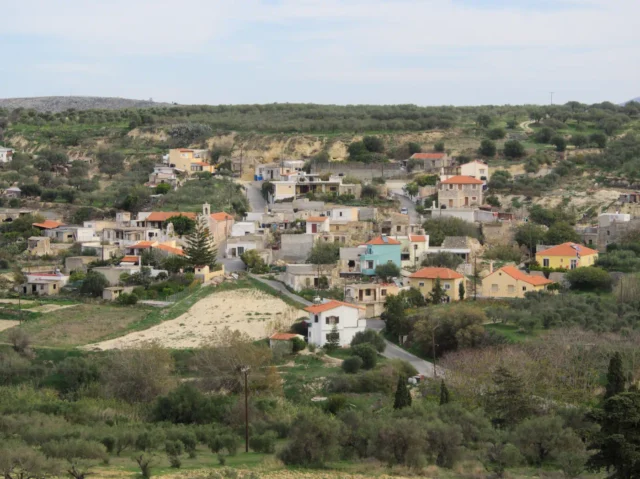

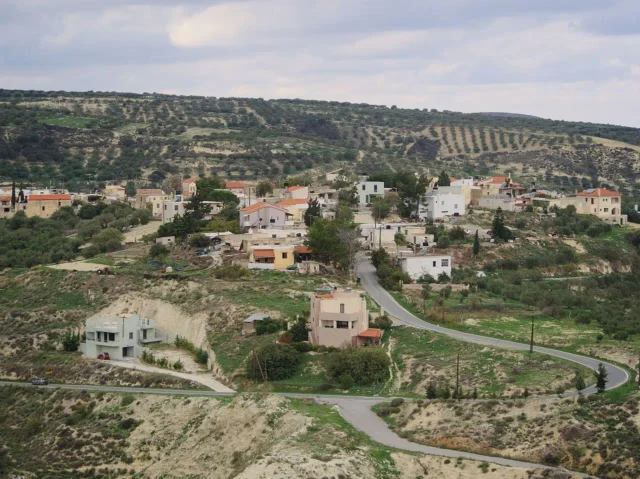


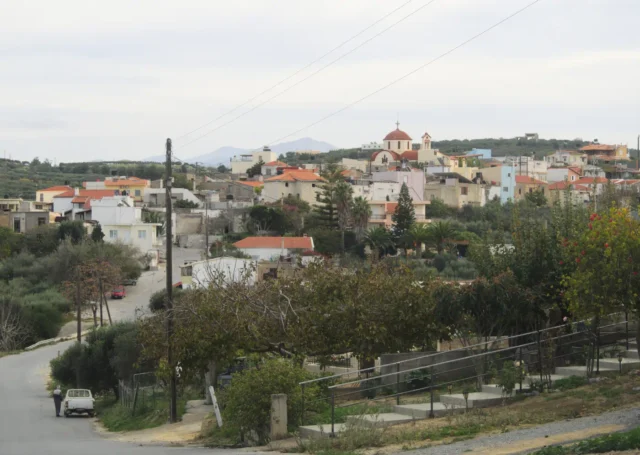
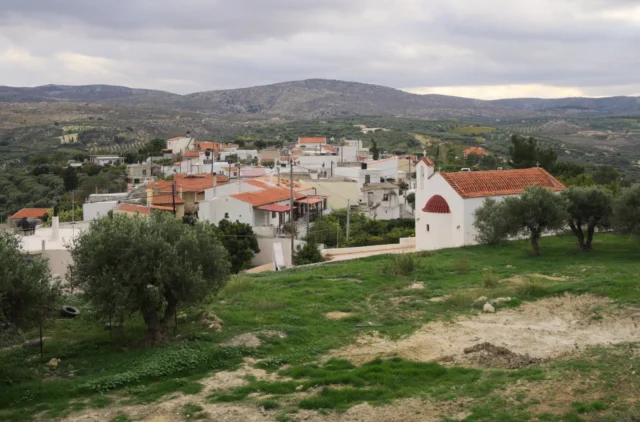



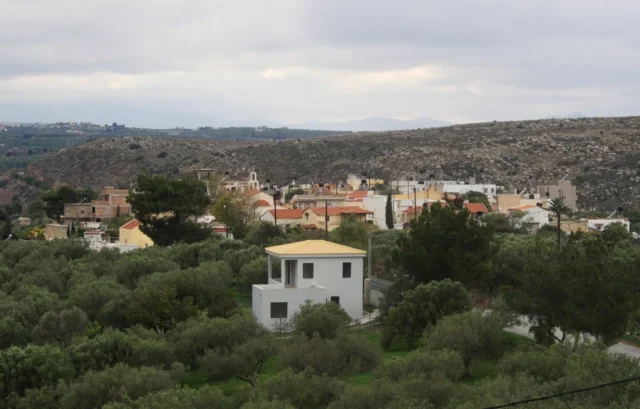
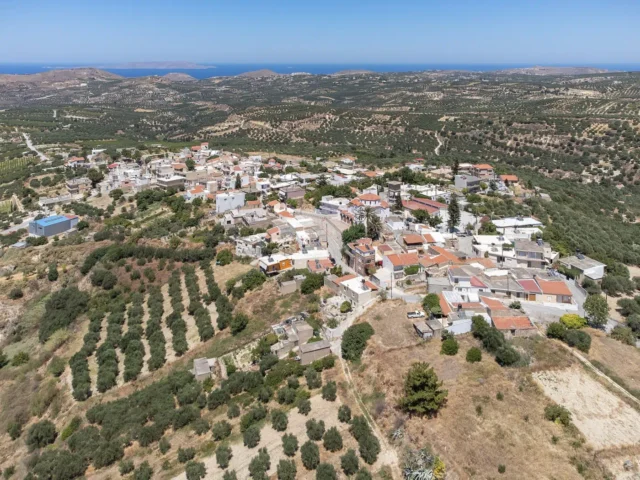
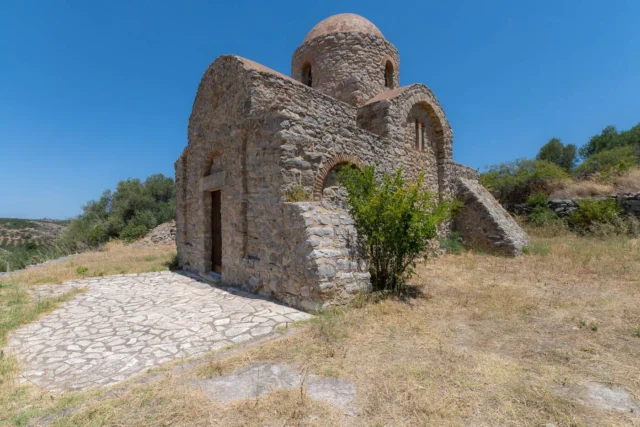

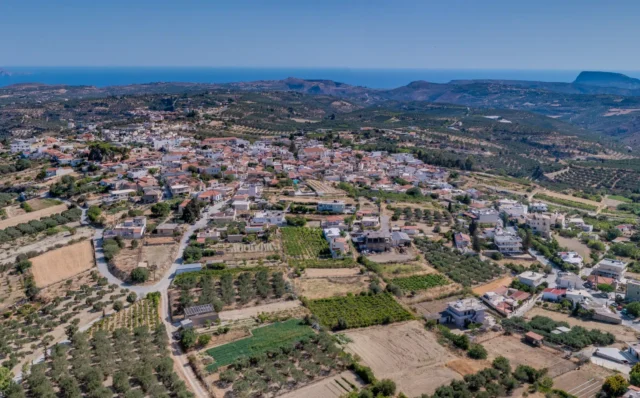

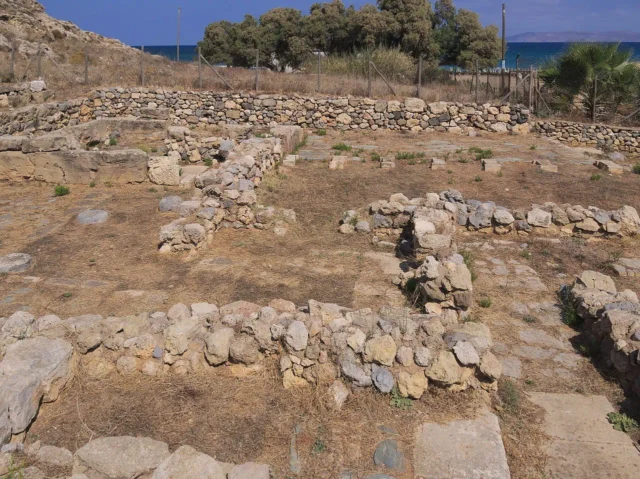
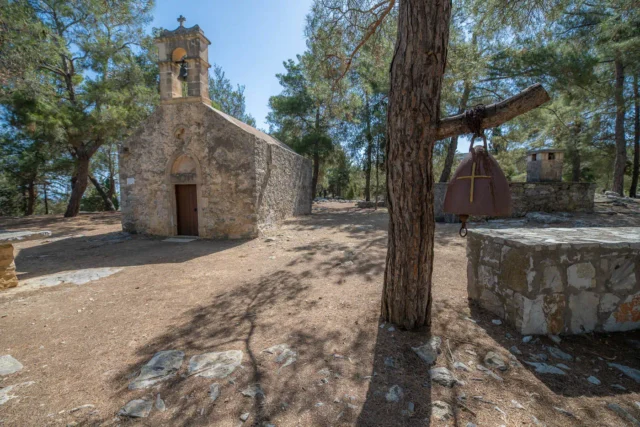
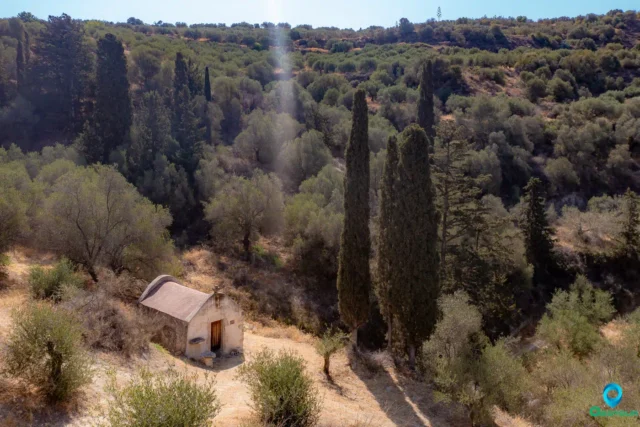

There are no comments yet.